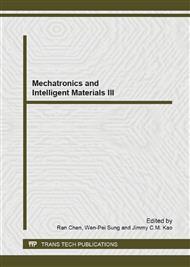p.1016
p.1025
p.1029
p.1034
p.1038
p.1042
p.1047
p.1051
p.1055
Study on Pilot Transfer Function Model Gain of Closed-Loop Pilot-Vehicle System
Abstract:
Based on the analysis of pilot handling behavior characteristics, this paper establishes the pilot transfer function model. According to the characteristics of closed-loop pilot-vehicle system and the relationship between pilot and flight quality, the specific calculation method of pilot model steady state gain was given. Take the aircraft roll angle manipulation for example, and simulate the pilot's manipulation of aircraft of dynamic process. The results show that: the pilot model steady state gain calculation method is simple and feasible, and have a certain reference value for the analysis of closed-loop pilot-vehicle system.
Info:
Periodical:
Pages:
1038-1041
Citation:
Online since:
June 2013
Authors:
Keywords:
Price:
Сopyright:
© 2013 Trans Tech Publications Ltd. All Rights Reserved
Share:
Citation:


